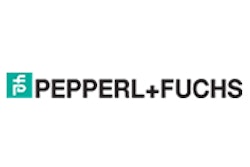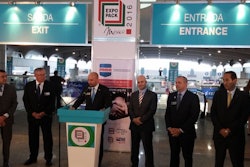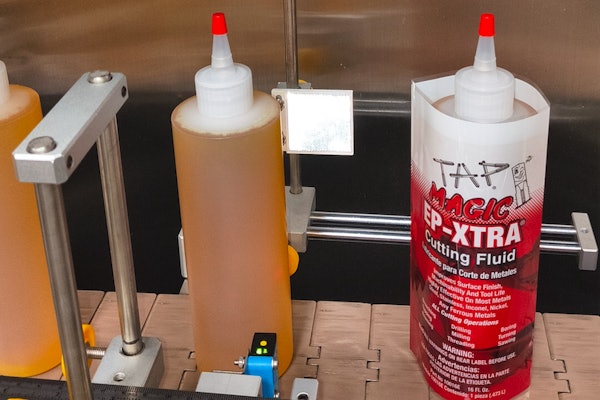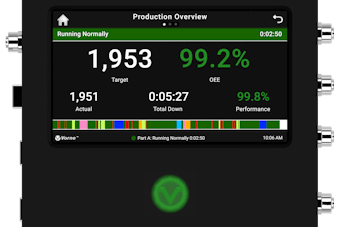
This content was written and submitted by the supplier. It has only been modified to comply with this publication’s space and style.
The ML6 series subminiature photoelectric sensors come with dual sensor redundant detection and independent outputs. They are also available in long-range background suppression sensing models, and retroreflective models with no sensing deadband.
An ML6 model with dual sensor redundant detection and independent outputs provides dual beams from two emitter LEDs that reflect light to two receivers, while two independent outputs indicate the state of each separate beam. Because it acts like two sensors in one housing, you can affordably align or guide translucent paper, plastic, and fabric webs. When the web is properly positioned, one beam detects the web while the other beam does not. Using this sensor, you can detect a gap between two objects to suppress the detection of small particles such as textile fibers. Other potential applications include semiconductor and PCB positioning for conveying and buffering.
Two long-range background suppression sensing models, ML6-8-H-150-RT/59/65a/115/136 and ML6-8-H-150-RT/59/65a/115b/136, provide sensing distances 25 percent greater than previous generation ML6 sensors. Mounting the sensor farther away from the object to be detected can benefit many applications in the material handling, printing, semiconductor, and
solar industries.
Two ML6 series retroreflective sensing models with no sensing deadband, ML6-54-F/25/95/136 and ML6-54-F/25/115/136, are used with a corner-cube reflector and are polarized so that shiny objects will not be mistaken for the reflector. An innovative single optical axis design eliminates deadband. This is helpful in applications that require more signal strength than is available with background suppression sensors, and that have either very close or long sensing distances.
“Standard retroreflective models are unable to detect reflective tape unless it’s at least two to four inches away from the sensor,” explains Tom Corbett, Product Manager, Pepperl+Fuchs. “While retroreflective models with no sensing deadband easily detect rigid reflectors or reflective tape as close as the sensing face. They’re also precise and repeatable enough for detecting the lead edge of solar cell wafers and packaged tubes or cartons.”
All non-thru-beam ML6 series sensors feature integrated cross-talk immunity to make side-byside mounting possible, a tamperproof design, 4-in-1 output to reduce inventory and wiring, and superior immunity to ambient light even for high frequency energy-saving lights. They also feature diagnostic LEDs in the front and back of the housing for clearly visible status indication and metal reinforced mounting holes for easy installation.


























